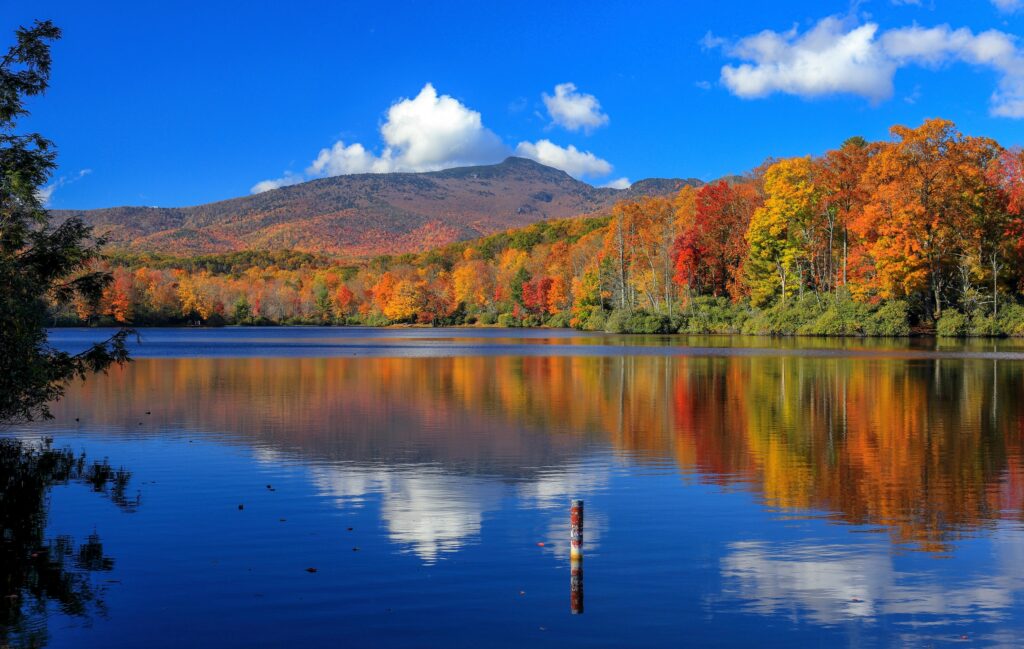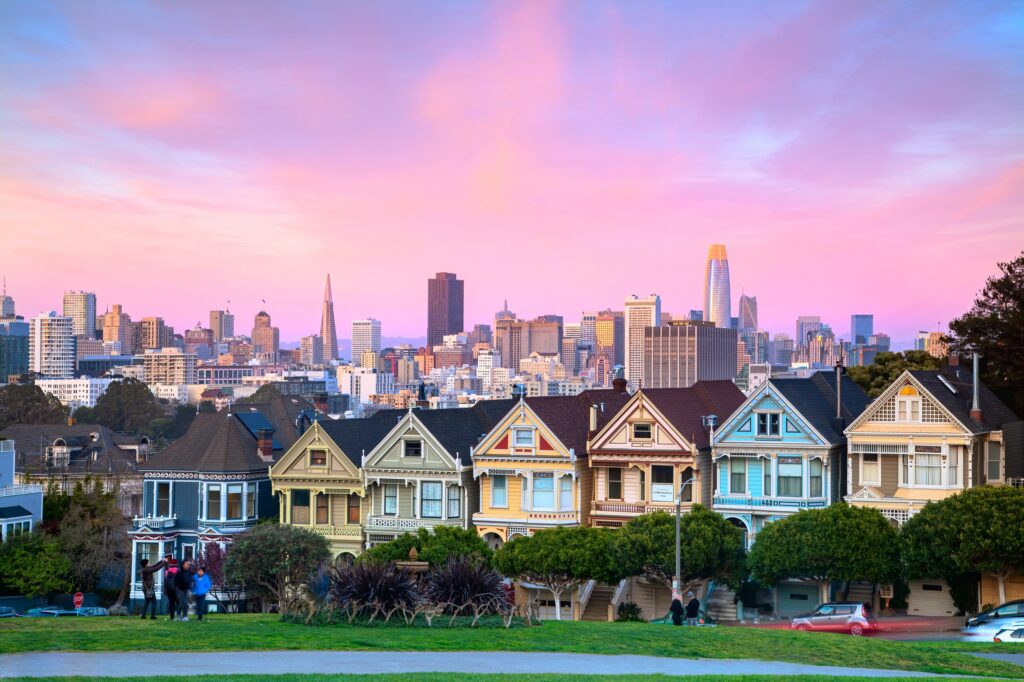‘Environmental justice’ starts by providing more water
Environmentalists have won the latest battle in California’s water wars, as California American Water just announced it is temporarily withdrawing its application to build a desalination plant on an old sand mine in the largely low-income town of Marina near Monterey. The proposal faced a tough approval process at the California Coastal Commission after local activists complained about its effects on their community.
In a recent article, the Los Angeles Times asked this loaded question in its headline: “Is California serious about environmental justice? This water fight is a test.” The issue is simple, according to a former coastal commissioner interviewed by the Times reporter: “Who’s got the garbage? Who’s got the landfill? Who’s got all of it? Marina. … If the commissioners can’t see that now, their environmental justice policy is meaningless.”
Local communities have every right to be concerned about the siting of industrial facilities, but the worst way to promote “environmental justice” is to halt a facility that could provide much-needed water to a region that has, as even the article noted, “limited water options.” Cal Am proposed the desalination plant a decade ago to mitigate other, pressing environmental concerns — and still keep the water flowing to its thirsty customers.
As the Times continued, the investor-owned utility has been over-pumping the Carmel River for several decades. That has obliterated the river’s steelhead trout populations. The utility previously proposed building a dam and a larger, more intrusive desal plant, but environmentalists opposed those projects, also. (Big surprise, right?) As a result, Cal Am provides “some of the most expensive water in the country to cities that could not flourish without it.”
Read that last line slowly and carefully, as it is an allegory for California’s ongoing water problems. If California officials don’t invest in water infrastructure and expand our capacity to meet a still-growing population, then water will become much costlier — or will end up being rationed by state edict. It’s easy to pick nits with any potential project, but communities — and especially low-income ones — cannot flourish without abundant water.
The Marina project highlights the state’s inability to make meaningful tradeoffs. We’d all prefer parks along the coast, but an existing industrial site seems like a perfectly reasonable place to put a new industrial facility. Any project must be analyzed for its cost and benefits (desal is relatively costly), but that’s hardly what environmentalists are doing.
This fracas reinforces the theme of my forthcoming book, “Winning the Water Wars.” As summarized in its subtitle: “California can meet its water needs by promoting abundance rather than managing scarcity.” California needs to build infrastructure that stores more water during wet years, so we have it during dry years. It must better maintain its existing infrastructure, lest we relive the near-disaster at Oroville Dam’s spillways in 2017.
It needs to invest in desalination, water recycling and allow private investors — such as those attempting to tap a Rhode Island-sized aquifer in the Mojave Desert — to find new water sources. We need a better pricing system that encourages sales and trading, so that companies can buy and sell water like anything else. Unfortunately, the state fights environmental battles over almost any attempt to accomplish those sensible goals.
California hasn’t built major water infrastructure since the 1970s, when its population was roughly half its current size. Anyone who proposes a water-infrastructure system must spend years developing environmental reports and fighting environmental groups, which often function like litigation machines. I’d like to see those who oppose such projects be required to provide reports on where alternative supplies will come from.
As the Marina desalination project shows, stopping water projects in the name of “environmental justice” does nothing for poor people who face escalating water bills — and it often hurts the environment, as well. (Marina doesn’t benefit directly from the plant, but will benefit if there’s more water in the system.) Without the plant, the utility will continue to rely on the river.
It will not be able to, as the article added, provide discounted water to a local farming community. Current water limits harm California’s farm regions the most. Those areas have the largest number of low-income residents. Certainly, a planned water-recycling plant near Monterey is a good idea — but it’s wise to build multiple sources.
Environmentalists don’t only oppose desalination plants because of siting issues, but because of concerns about their effect on a minuscule number of plankton in the nearly measureless Pacific. They oppose new dams — and the raising of existing ones — over concerns about rivers and fish. We must address legitimate environmental issues, but often they are a Trojan horse for opponents’ real goals of limiting growth.
If Californians are serious about “environmental justice,” they need to find ways to pump more water into our remarkable infrastructure systems. Actually, the current situation is unjust and environmentally destructive. A policy of abundance is the obvious fix.
Image credit: Peter Bocklandt






